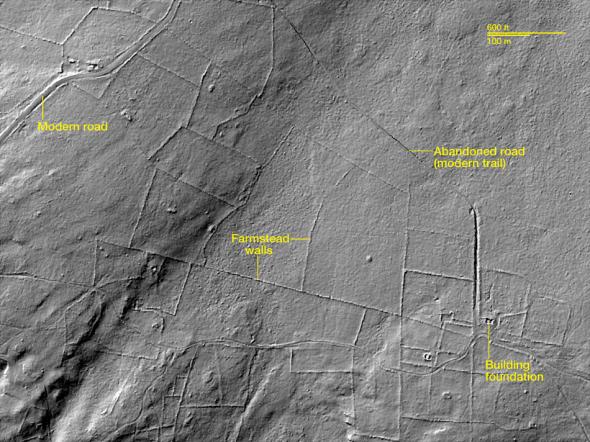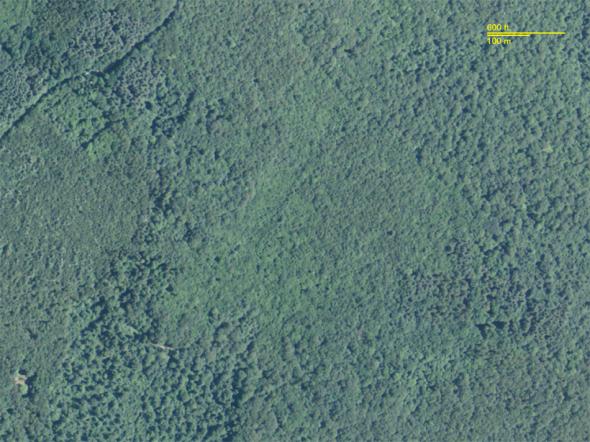
There used to be a city in New England, USA that is now overgrown with forests. There once used to be colonial roads and farmsteads there that are now hills and wooded areas. Generally, it’s just the opposite with expanding societal needs – normally there is the clearing out any forestation to make room for more buildings, roads, stores, and more.
Archaeologists are working together with some of the highest-quality equipment to detect those roads and the “lost” New England. With one of the scanners, LiDAR, archaeologists have managed to capture images of farm walls, roads, and homesteads that are hidden in Connecticut’s Pachaug State Forest. Those farmsteads date back to the 18th century; the area was abandoned as late as in the 1950s.
In order to capture those images, the laser light pulses off the ground and takes pictures of the surface features. The LiDAR scanner has been used countless times on other sites such as the Mayan temples and Stonehenge. One of archaeologists working on the project, Katharine Johnson, recently did an interview discussing the LiDAR scanner that was used in Connecticut and Massachusetts.
The first question Johnson was asked was why she was looking for “lost” New England. She said she and her friends used to play in the woods in Rhode Island. They knew there were stone walls and building foundations that were abandoned. She always felt they had a mystical feeling about them. She also said that she applied those memories in her study of archaeology and knew that there were no records indicating the lost farmstead. Once the LiDAR became accessible to use, she said it didn’t hurt to look.
The second question she was asked was how New England’s parts became “lost” in the first place. She said that a lot of people had no idea that New England wasn’t always forested in those areas. As people continued farming, industrialization started and those who farmed started to head west to continue the trade there. Those farmers ended up abandoning the farmsteads and soon the forests began growing all around the abandoned areas, lost to everyone except those who personally knew about the previous farming lands.

You can see the difference with these two images

The third question was about why LiDAR makes such a difference in the archaeological world. Johnson replied by saying that LiDAR makes it possible to see things that the naked eye and radar can’t. While something might be buried, unseen to people, LiDAR picks it up easily. She said all she had to do was decide upon coordinates and take the LiDAR there; she would not come back disappointed.
The first LiDAR scanner had only a 10-foot resolution, but they are now able to get a 3.2-foot resolution. It even detects walls, roads, and other features, and makes it possible to see even under the trees. However, there are limitations with the scanner and Johnson goes on mention how, for example, the Native Americans didn’t leave behind walls or foundations in New England – the scanner may be able to find items or ruins, but it cannot tell much about the era or history.
Want to become a trivia master? Sign up for our Today In History newsletter!
What Johnson and other archaeologists are excited about is that the scanner works well with historical records. She said that the boundaries that exist today can be dated to the 1700s. When asked about how much potential the LiDAR has, she said that it is amazing to see the difference with the things they’ve found already with it. She said all one would have to do is walk with the scanner in the middle of a cornfield to find you could be standing on something amazing, centuries old. The scanner can also do area surveys and can tell what was once there without having to wait for something to slowly turn up randomly over time. She emphasized that New England has a lot of lost cultural frontier that they are only finding out about now.
Image source